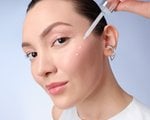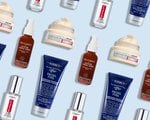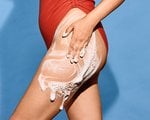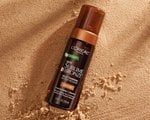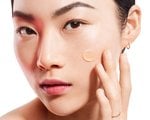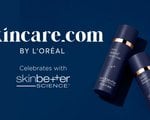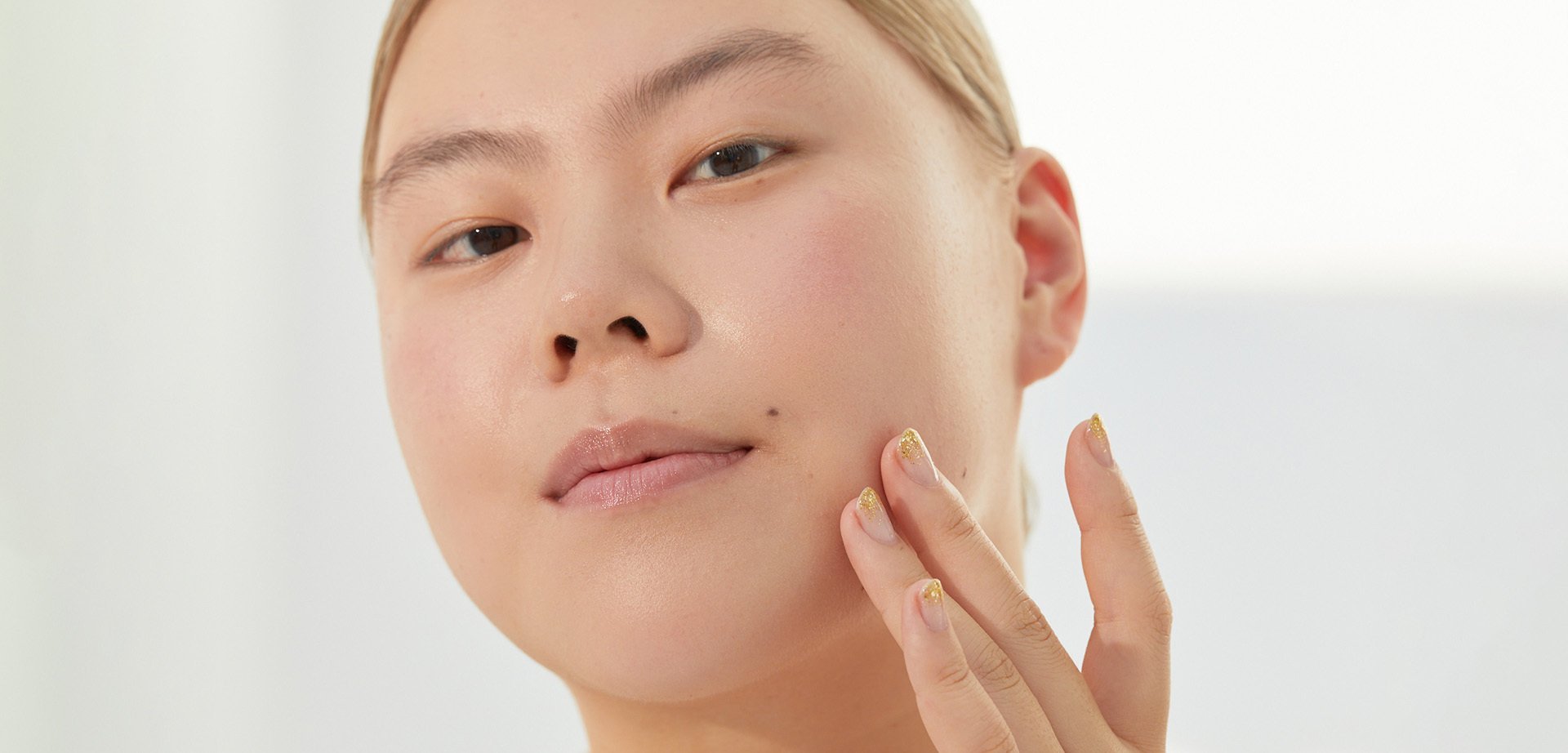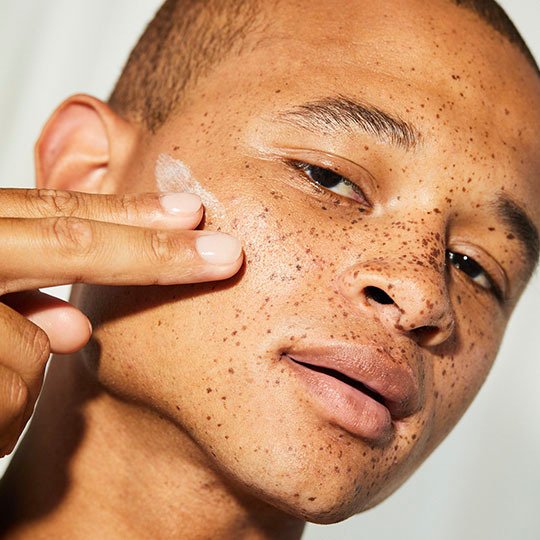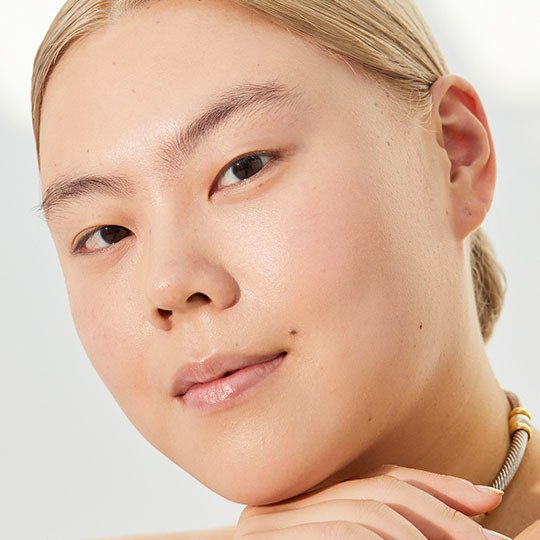Encapsulated Retinol: Everything You Need to Know
November 15, 2022

If you want to double up on sun protection you can use a moisturizer, like the La Roche-Posay Anthelios Mineral SPF Moisturizer with Hyaluronic Acid, in addition to a sunscreen. This moisturizer uses broad spectrum UVA/UVB protection with antioxidants alongside hyaluronic acid to prevent sun damage and dryness. “Also note that retinoids are not safe to use while pregnant and if you are having a laser or light-based procedure, be sure to take a break from using it during those times,” says Dr. Feely.
How Long Does It Take Encapsulated Retinol to Work?
If you’re using retinol, be prepared for delayed gratification. Unlike some ingredients, such as hyaluronic acid or caffeine, it can take some time to see results from your retinol products. In the first few weeks of use, you can expect skin to undergo a sensitive or scaling period until skin becomes accustomed to the retinol.
This adjustment period while using retinol may be where you want to quit, but keep going! While you can reduce how often you use retinol, try to keep it in your nighttime routine, even if it’s once a week. Those first few weeks are crucial to reaping the benefits of retinol, so maintain a level of consistency when your skin allows. Your dermatologist can also help you determine how frequently to add retinol into your routine.

